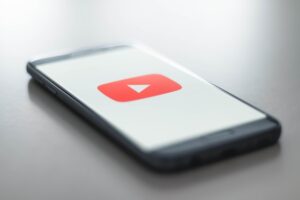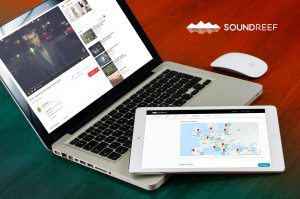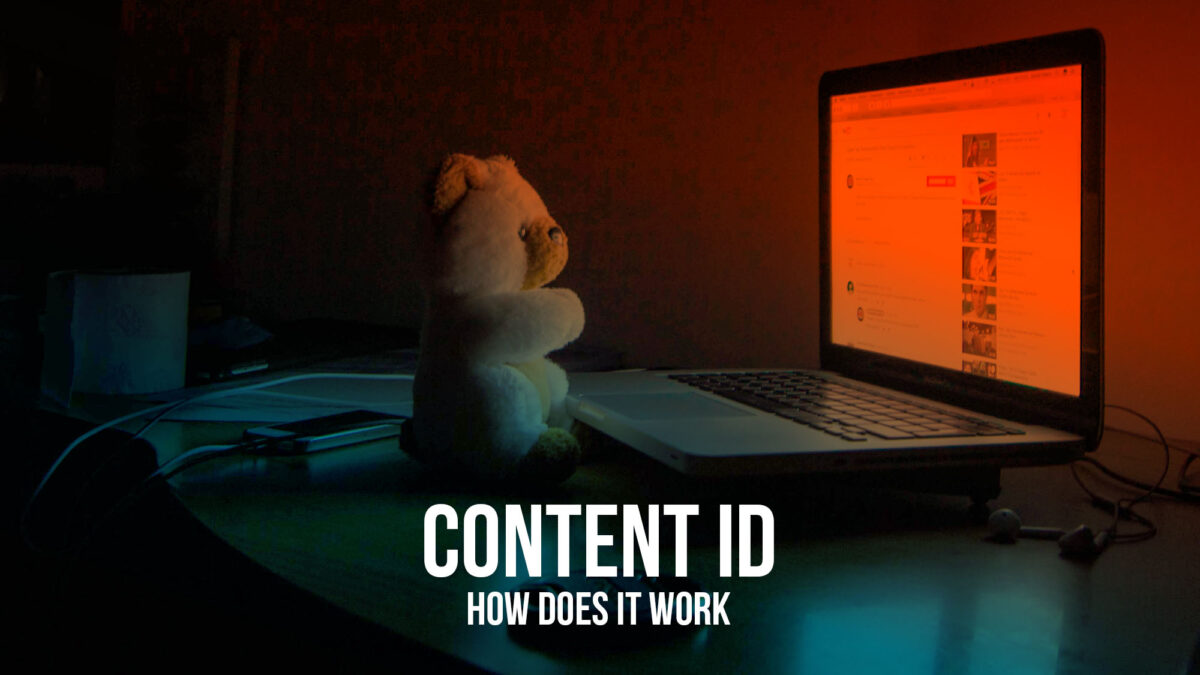Your music on Youtube
Soundreef is the first Collecting Society in Europe to provide monthly reports regarding your music usage on Youtube!
To make sure you get this data, it is crucial that the digital distributor you chose to upload your music to the Digital Stores includes the activation of Content ID among the provided services.
What is “Content ID”?
There are millions of videos on Youtube.

youtube content id
To easily identify and manage their content on YouTube, copyright owners can use a system called Content ID.
Youtube Content ID is a real footprint of your track. This allows Youtube to create a match between tracks and rightholders, thus enabling songwriters and publishers to identify, in a scalable and automated manner, any Youtube video that includes contents you own.
By working with Content ID, Youtube is able to search for your music in videos you (or other users) decided to upload. Once a successful detection occurs, Youtube notifies all the rightholders it is aware of.
In that case, rightsholders have three different options:
- Ask Youtube for an Ad integration in the video, in exchange for a share of the Ads revenues;
- Allow Youtube to make the video available without any Ads;
- Ask Youtube to remove the video.
How does it work?
Youtube’s Content ID system guarantees rightsholders a real tracking of their music, thus opening their tracks to:
- Monetization;
- Track usage monitoring.
Thusly, Content ID offers an effective royalty capitalization for artists, simultaneously erasing the possibility of your music being used without your permission.
Is Content ID already working for your tracks?
Several songwriters aren’t aware their music is already in the Content ID system.

soundreef music content id
If you previously chose to publish your music via a digital distributor that provides the activation of Content ID, your tracks could already be in Youtube’s database. Many songwriters become aware of this when receiving a copyright infringement notification on their Youtube channel.
Unfortunately, in cases like this, it is not easy to receive details regarding the terms that regulate your tracks’ usages.
Quite frequently, the agreements between Youtube and digital distributors are protected by non-disclosure rules, and you could be denied access to them.
For this reason, it is crucial for you to pay special attention to your commercial partners’ transparency. You need to be proactively working with your record label and/or with the digital distributor you relied on, making sure YOU decide when, how and if you allow third-parties to upload your content on Youtube.
You may have different options to choose among, in accordance with the contract you subscribed.
How to ask Youtube for Content ID activation
You can ask Youtube to active Content ID.
In the “Help” section of the platform, you can find the Content Identification Application, which is the first step towards accessing the service.
The request form is quite simple to fill in: you will have to specify contact details, the amount of owned copyrighted contents and, finally, the reasons why you have decided to use the Content ID system.
You should remember, though: filling in the request form does not automatically guarantee the Content ID activation. Quoting Youtube itself: “YouTube only grants Content ID to copyright owners who meet specific criteria”.
As an example, if Youtube considers you didn’t provide enough evidence of your ownership of the works in question, it could reject your request.
According to Hypebot, when extensively debating on the widespread issue of copyright infringement of Youtube contents, that of presenting Content ID as a thorough solution could not be the best option.
Access to this type of tool is not equally viable for big and small songwriters and publishers. Application processes, in fact, could give special advantages to those rightsholders who own wider catalogs, managing thousands of tracks.
Those who are finally considered as “not approved” for any reason, are finally driven to use alternative services, such as the Youtube Content Verification Program, which aims at offering rightsholders the possibility of requiring removal notifications for those illegally uploaded videos that contain contents they own.
The latter is not a satisfactory option for those rightsholders who spot their material being used without their consent, and can’t be guaranteed of the permanent removal of a video. Nothing can indeed stop the user who previously uploaded the video from creating another link, that re-directs to the same content.
The best solution
For this reason, the best solution for many independent songwriters that are willing to activate Content ID, is that of working with an intermediary, like a digital distributor that includes Youtube Content ID among the provided services.
An alternative: Youtube Partner Services
Youtube partner services are intermediary companies, with a view to filling the gap between smaller songwriters and the Content ID system.

youtube music content id
The issue is a simple one: partner companies cooperate with a big amount of smaller songwriters, managing Youtube Content ID on their behalf and dealing with both technological obstacles and legal ones. In exchange for doing this, they receive a fee of the total revenues, that usually accounts for 15% to 30%.
Here are some examples: Audiam, AdRev, Vydia e ONErpm. These services are often associated to a real digital distribution body, working in the different streaming and downloading platforms.
There are cases in which these services do not provide rightsholders with the whole range of tools, focusing on monetization rather than removal, as an example. However, for those independent musicians that are willing to use the Content ID monetization system, a partner service could be the easiest path to choose.
It is anyway advisable to carefully read the specific contracts.
